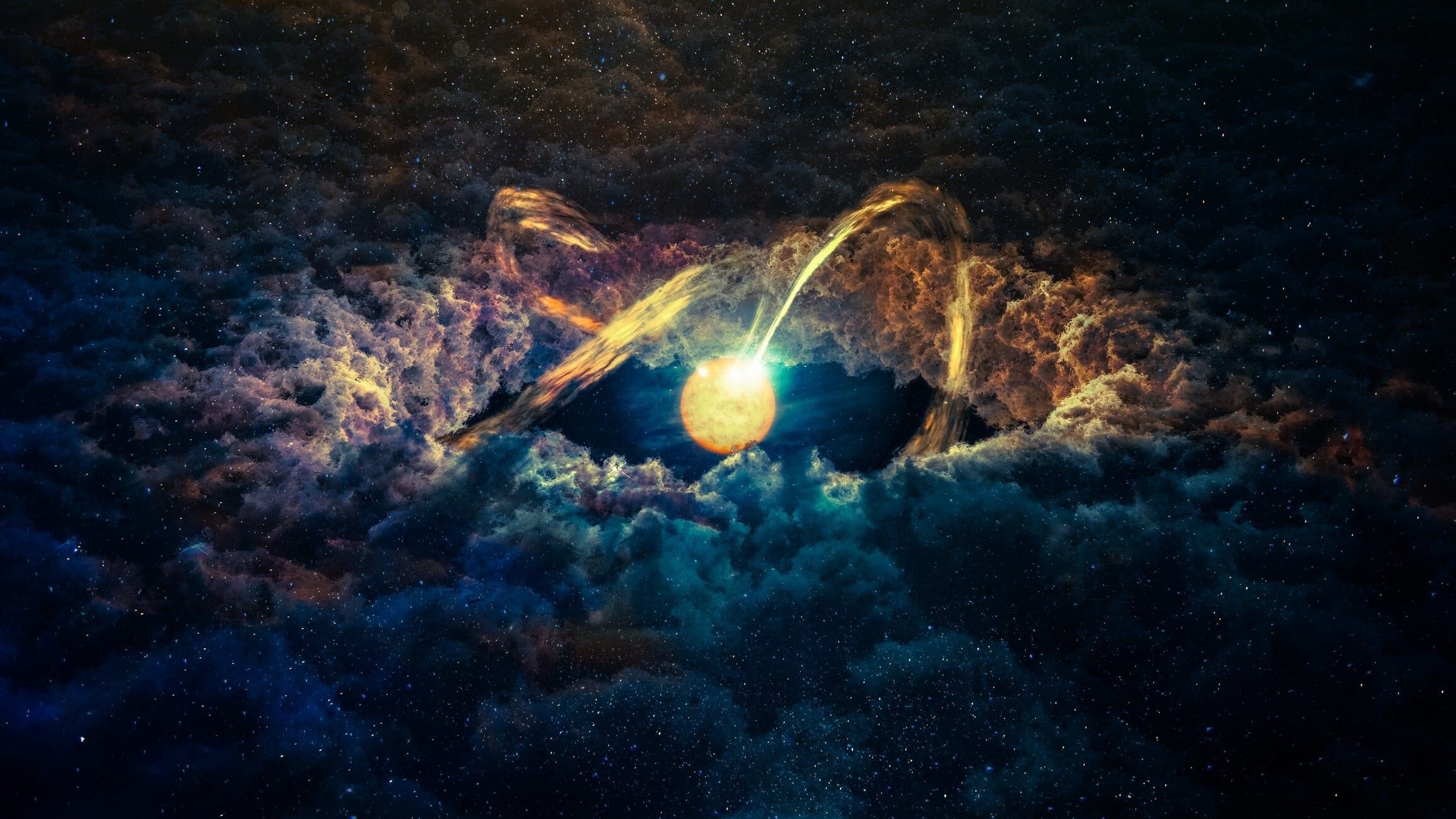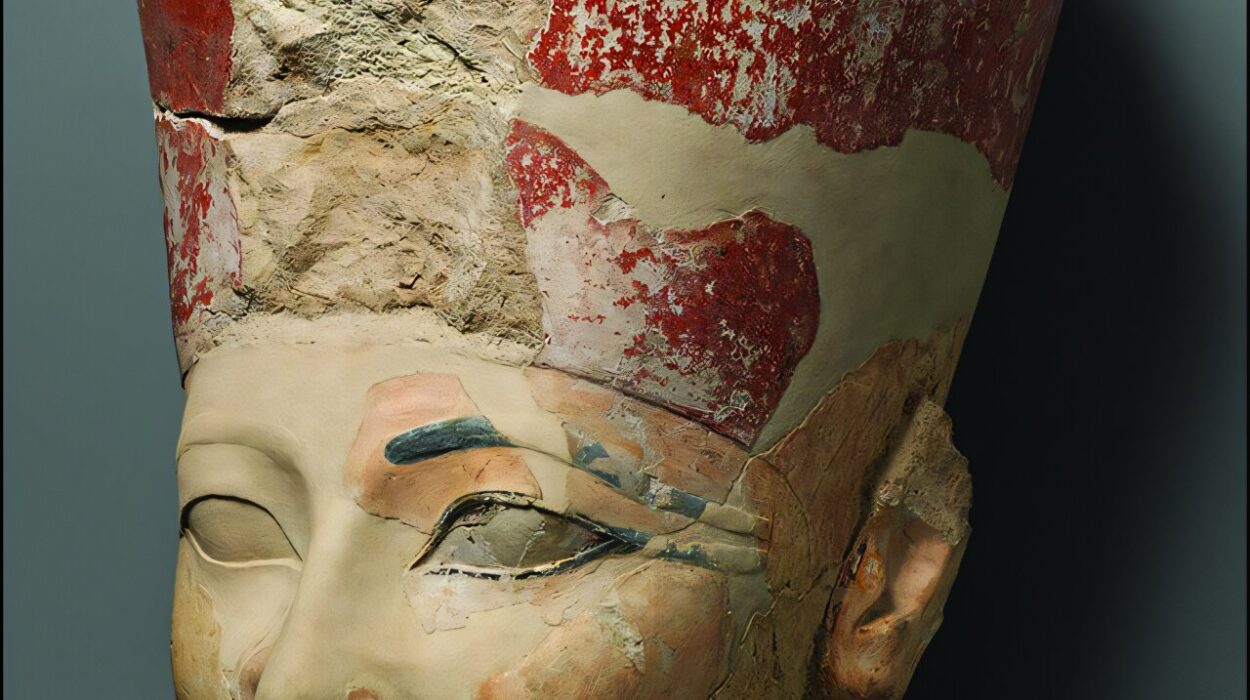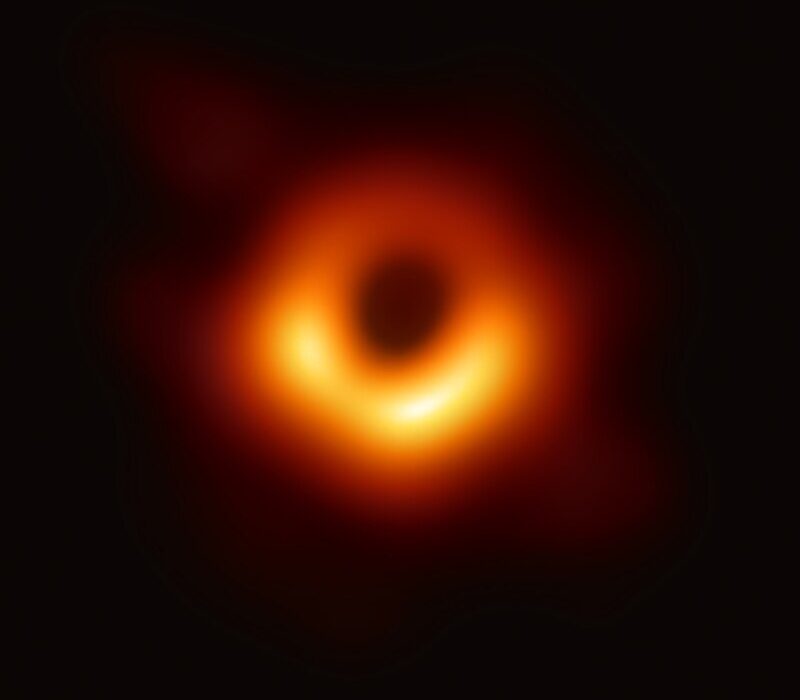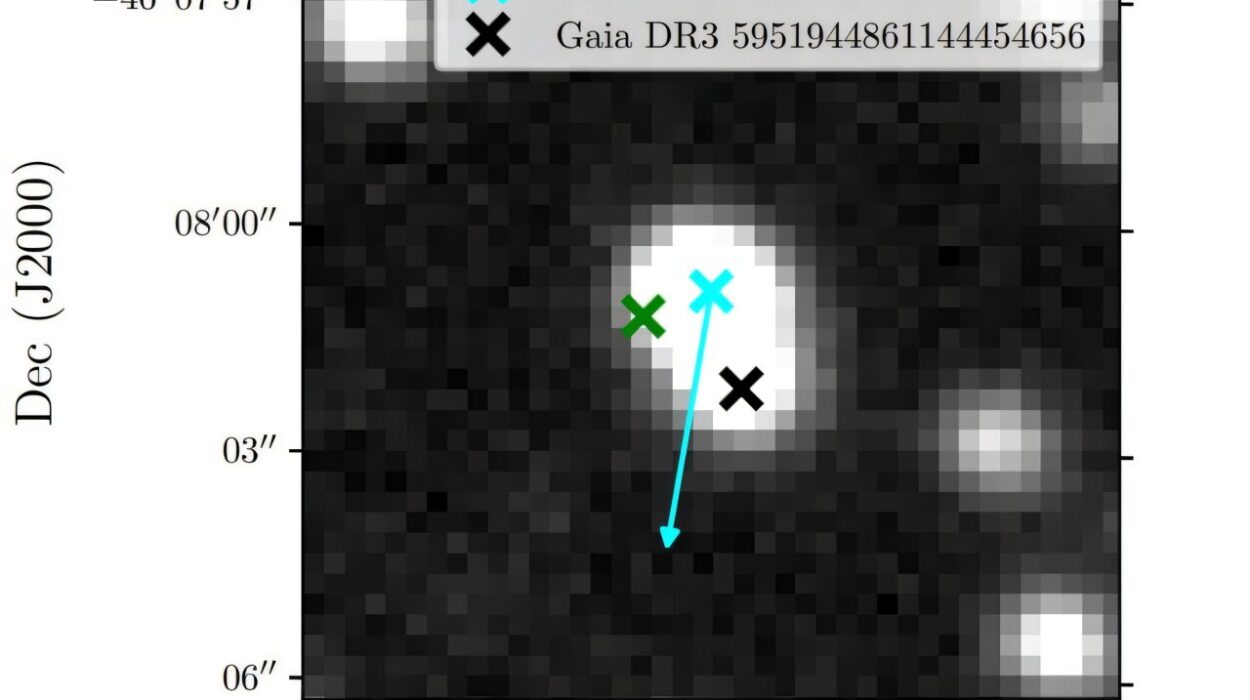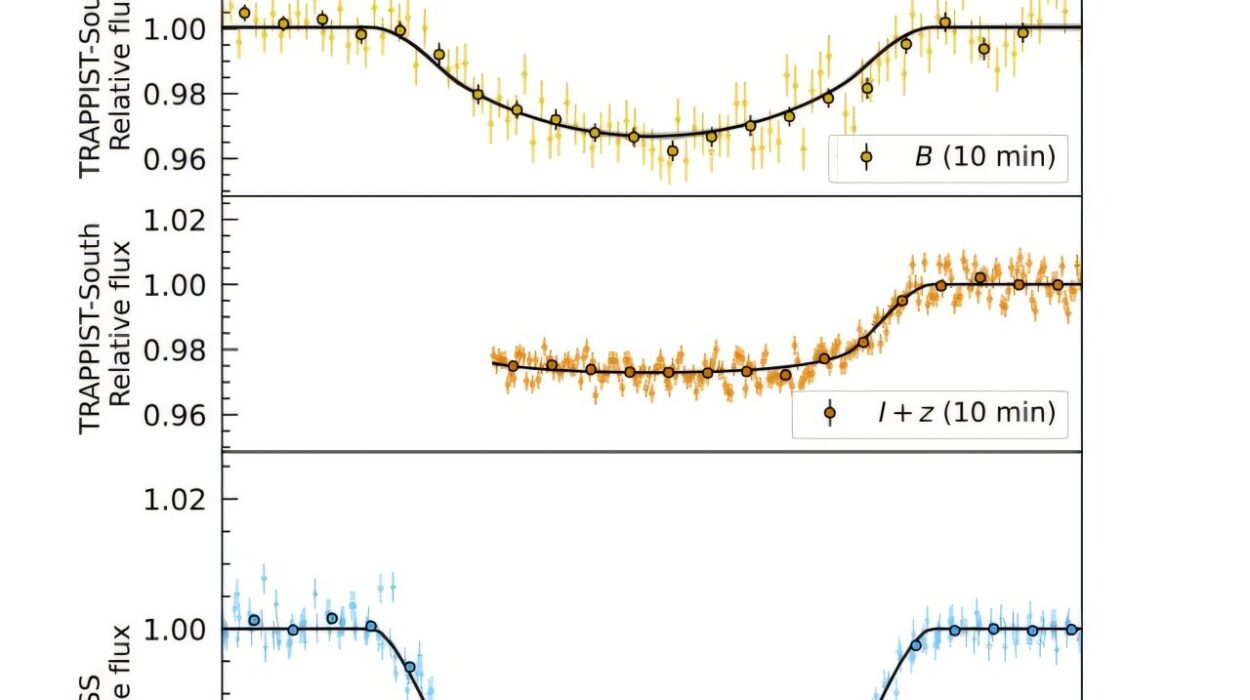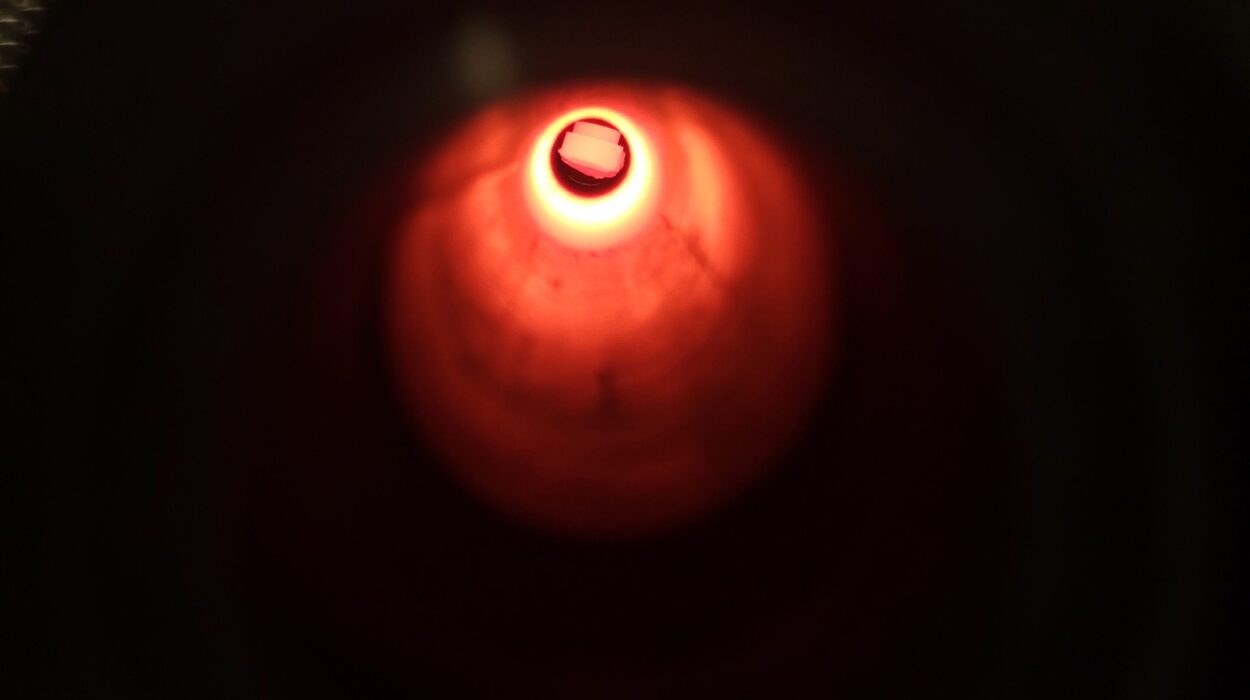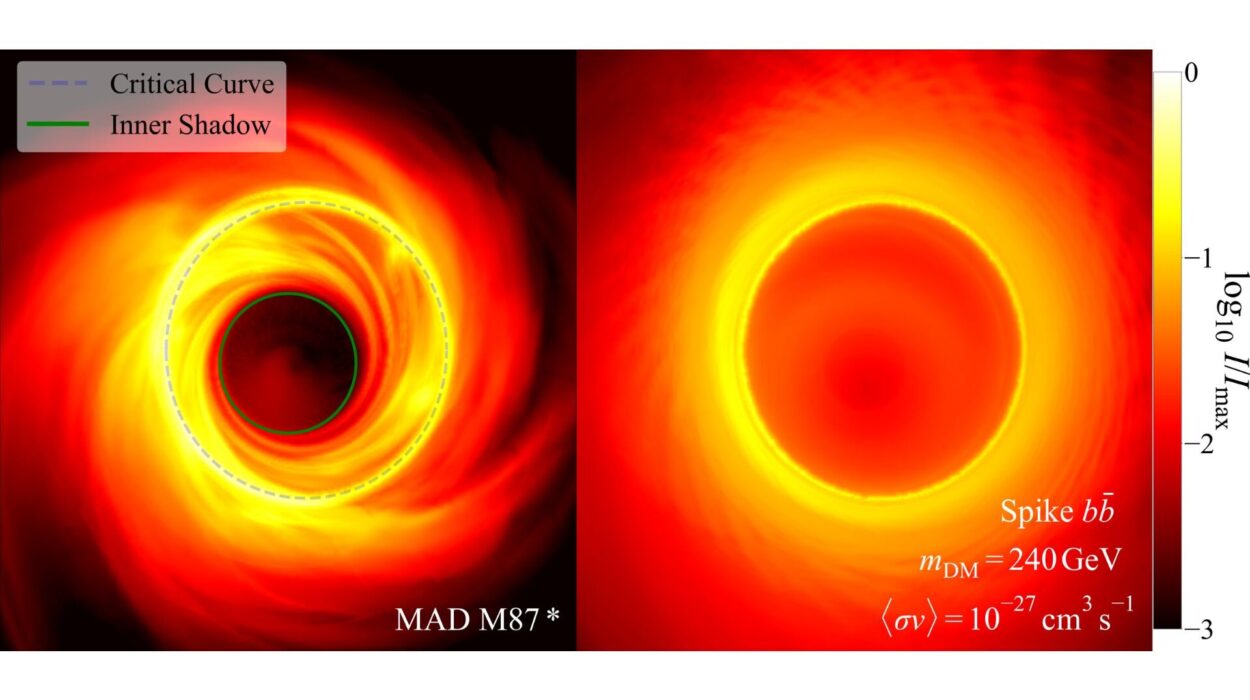For centuries, astronomers assumed that stars and their planetary systems are born aligned, spinning like tightly choreographed dancers in a cosmic ballet. After all, our own solar system seemed to suggest it. The Sun’s equator and the orbits of the planets are mostly in line, varying by just about six degrees. That small misalignment was easy to chalk up to gravitational nudges over time.
But a groundbreaking new study, published in Nature, challenges that comforting narrative. An international team of researchers led by scientists from UC Santa Barbara, The University of Texas at Austin, Yale University, and National Taiwan Normal University has discovered that not all stars spin in sync with their planetary birthplaces. In fact, some stars are born askew—with their rotational axes already tilted compared to their surrounding protoplanetary disks, the dusty, gas-filled cradles of future planets.
Stars and Their Disks: A Surprising Misalignment
“All young stars have these disks,” said Dr. Brendan Bowler, associate professor of physics at UC Santa Barbara and senior author of the study. “But we’ve known little about their orientations with respect to the spin axis of the host stars.”
Until now, the prevailing wisdom—shaped largely by observations of our own solar system—was that stars and their disks begin their lives aligned, like eggs and yolks spinning together in perfect symmetry. If misalignments occurred, they were thought to emerge later, through gravitational chaos: stars passing nearby, rogue planets tossing others around, or companion stars playing celestial tug-of-war.
But what if that’s not the whole story?
By examining a sample of 49 young, sun-like stars and their protoplanetary disks, the research team found that while two-thirds of these stellar systems are well-aligned, a significant third are not. Their spin axes point in entirely different directions than the disks surrounding them. That’s not something easily explained by later planetary dynamics. These systems are young—just a few million years old—still in their cosmic infancy. In other words, they likely started out misaligned.
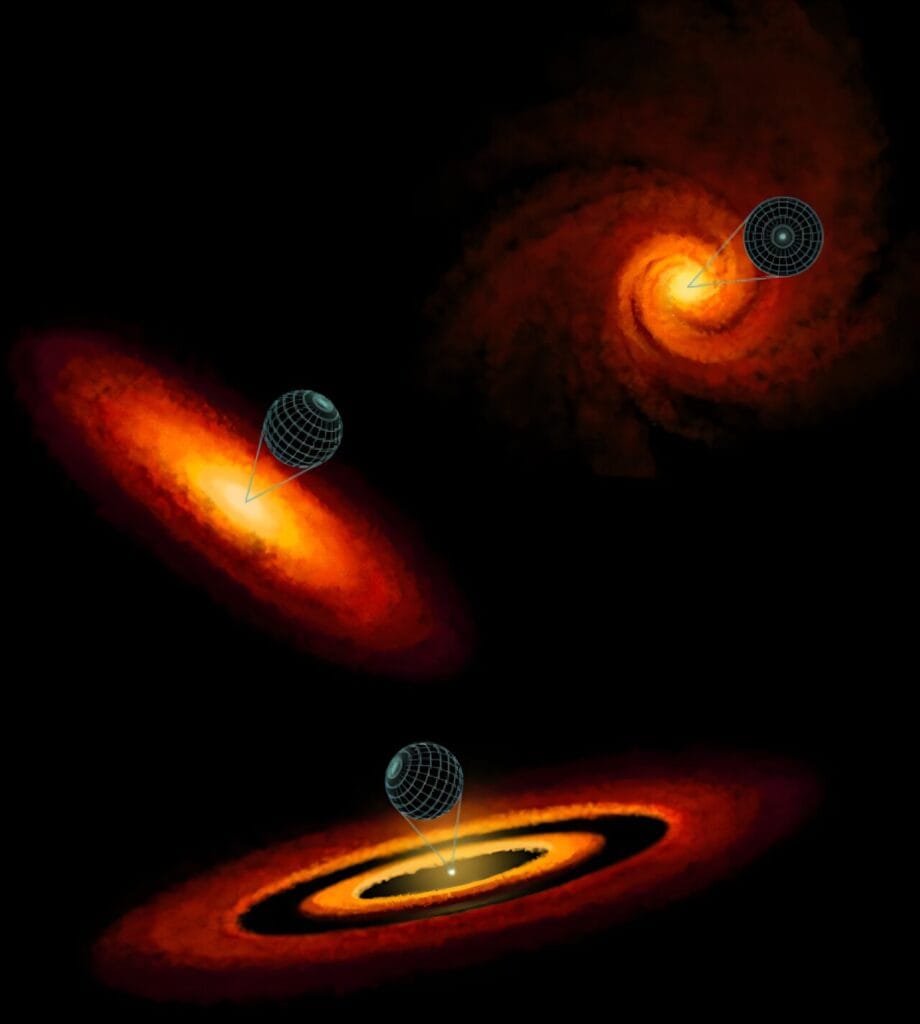
“It changes our interpretation,” said Bowler. “It means we don’t need a ton of post-formation dynamics and interactions and planet-scattering events. Some planetary systems may be tilted from birth.”
The Tools of Discovery: ALMA, TESS, and Kepler
To uncover these hidden inclinations, the researchers turned to some of the most powerful eyes on the sky: the Atacama Large Millimeter/submillimeter Array (ALMA) in Chile, NASA’s Transiting Exoplanet Survey Satellite (TESS), and data from the Kepler space telescope’s K2 mission.
Each instrument played a critical role. ALMA, with its unparalleled sensitivity to millimeter-wavelength light, allowed scientists to directly image the cold, dusty disks around young stars, revealing their orientations in space. Meanwhile, TESS and Kepler monitored the brightness of stars over time, capturing the subtle flickering that results as rotating stars expose differently lit surfaces to our view—data that, when modeled, provides insight into the star’s axis of rotation.
By combining these datasets, the team could measure what’s known as star-disk obliquity—the angle between a star’s spin axis and the axis of its protoplanetary disk.
The result: misalignments are not just an oddity—they’re part of the natural variety of planetary system formation.
Not Just Tilted, but Born That Way
This finding represents a fundamental shift in how scientists view the early stages of solar system development. It suggests that misalignment can be a primordial trait, not just a result of later cosmic turmoil.
“This work challenges centuries-old assumptions,” said Bowler. “We’re seeing that the initial conditions for star and planet formation may be far more diverse than we thought.”
Lead author Lauren Biddle, a postdoctoral researcher at UT Austin, noted that the discovery also helps explain the puzzling spin-orbit misalignments observed in some exoplanetary systems.
“It came as quite a surprise that some planets were on orbits that were extremely inclined relative to the spin axis of the host star,” she said. “We’ve tried to explain this with ideas involving late-stage gravitational interactions, but maybe we’ve been looking in the wrong direction. Maybe these orbits were inherited from birth.”
A New Chapter in Exoplanet Science
Since the 1990s, when the first exoplanets were discovered, scientists have been stunned by their diversity. From hot Jupiters orbiting perilously close to their stars to planets in wildly tilted orbits, exoplanetary systems have refused to conform to the tidy patterns we see in our own solar system.
This study adds a new layer to that narrative. If some planetary systems are born with their stars and disks out of sync, it could help explain why exoplanets come in such bewildering configurations. It may also shed light on why some stars host planets on extreme orbits, while others seem more stable.
“This isn’t just a curiosity—it has deep implications for how planets form and migrate,” said Biddle. “If a disk starts out tilted, then the planets that form within it are going to inherit that tilt. That changes how we think about everything from planetary climates to habitability.”
A Glimpse into Our Own Origins
The findings also cast new light on our own solar system. The Sun’s equator is tilted by about six degrees relative to the orbital plane of the planets. That small misalignment has long been viewed as the result of some later perturbation—a bump from a passing star, perhaps, or the gravitational pull of an unseen ninth planet.
But this new research suggests a simpler possibility: maybe the Sun was born with that tilt.
“If we think of science as kind of an Occam’s razor,” Bowler said, “where the least complex model ends up winning out, given the data, this is a nice example of the Sun simply just fitting into this primordial, stellar obliquity distribution.”
In other words, we may not be the exception—we may be part of the rule.
Unanswered Questions and the Road Ahead
As transformative as this discovery is, it opens as many questions as it answers. Why do some stars emerge misaligned while others don’t? What role do magnetic fields, turbulence, or neighboring stars play in shaping the orientations of these young systems? How does this early misalignment affect planet formation and the architecture of mature planetary systems?
“Now we know that at least a third of them are tilted,” Bowler said. “But why this is the case remains unanswered.”
Future work will aim to uncover those answers. Larger samples of young stars and disks will help determine whether this one-third ratio holds across different regions and star types. New instruments like the James Webb Space Telescope and the upcoming Nancy Grace Roman Space Telescope may offer even sharper views of young systems in the act of forming.
The Universe Revealed, One Tilted Star at a Time
The cosmos rarely behaves the way we expect. Just when we think we’ve found a pattern—a comforting symmetry in the swirl of creation—science reveals a deeper complexity, a quiet rebellion against our assumptions.
The revelation that some stars are born tilted adds to the growing evidence that the story of planetary formation is not a single melody, but a symphony of variations. Each solar system is shaped by its own chaotic overture, its own initial spin.
In discovering that tilt is sometimes baked in from birth, scientists are not just rewriting the textbook—they’re peeling back another layer of the universe’s mystery. And in doing so, they remind us of a humbling, thrilling truth:
The more we learn about the cosmos, the more we see how much we have yet to understand.
More information: Lauren I. Biddle et al, One-third of Sun-like stars are born with misaligned planet-forming disks, Nature (2025). DOI: 10.1038/s41586-025-09324-0
